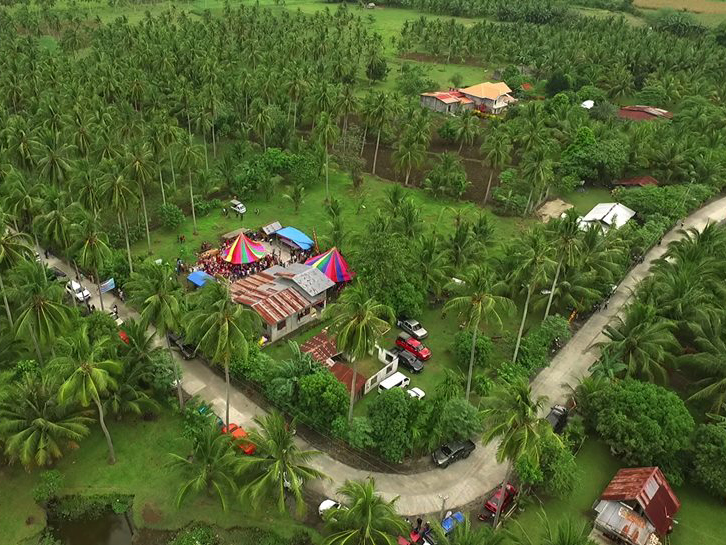Philippines, World Bank ink $600-M loan for agri, fisheries infra and support

Concrete road connecting two agricultural areas in Sultan Kudarat town. Philstar.com/John Unson, File photo
MANILA, Philippines — The Philippines has inked a $600-million loan agreement with the World Bank to improve the agriculture and fisheries sector through public infrastructure interventions, the Department of Finance said.
In a statement Monday, the DOF said the loan will fund the Philippine Rural Development Project Scale-Up, which is seen to “boost farmer and fisherfolk access to markets, increase income from selected agri-fishery value chains, and improve efficiency in the food supply chain.”
According to a World Bank release on the project, among the projects the loan will fund are climate-proof infrastructure, roads, bridges, irrigation as well as post-harvest facilities like warehouses and cold storage.
The project covers 16 regions composed of 82 provinces and will focus on areas where about half of the country’s 109.03-million agriculture and fisheries population reside.
Some 450,000 farmers and fisherfolk will benefit from the project, which will also generate about 42,000 new jobs, the DOF added.
Of the $818 million total for the project, the national government and involved local government units will shoulder the remaining $218 million.
The DOF said the Washington-based lender has been supporting the project since 2014, and has since provided two additional loans in 2018 and 2021.
With this recent loan, the total World Bank development assistance loan and grant commitments amount to an estimated $7.95 billion, as of July 2023, the DOF added.
The loan comes on the heels of the enactment of the New Agrarian Emancipation Act that condoned unpaid amortization, including interest and surcharges, for awarded lands—which will benefit more than 610,000 farmers.
President Ferdinand “Bongbong” Marcos Jr., concurrently agriculture chief, said during the signing that land distribution “must go hand-in-hand with broadening the provision of credit facilities and support services in the form of farm inputs equipment and facilities to our farmers as well as the construction of more farm to market roads.”
- Latest
- Trending
























